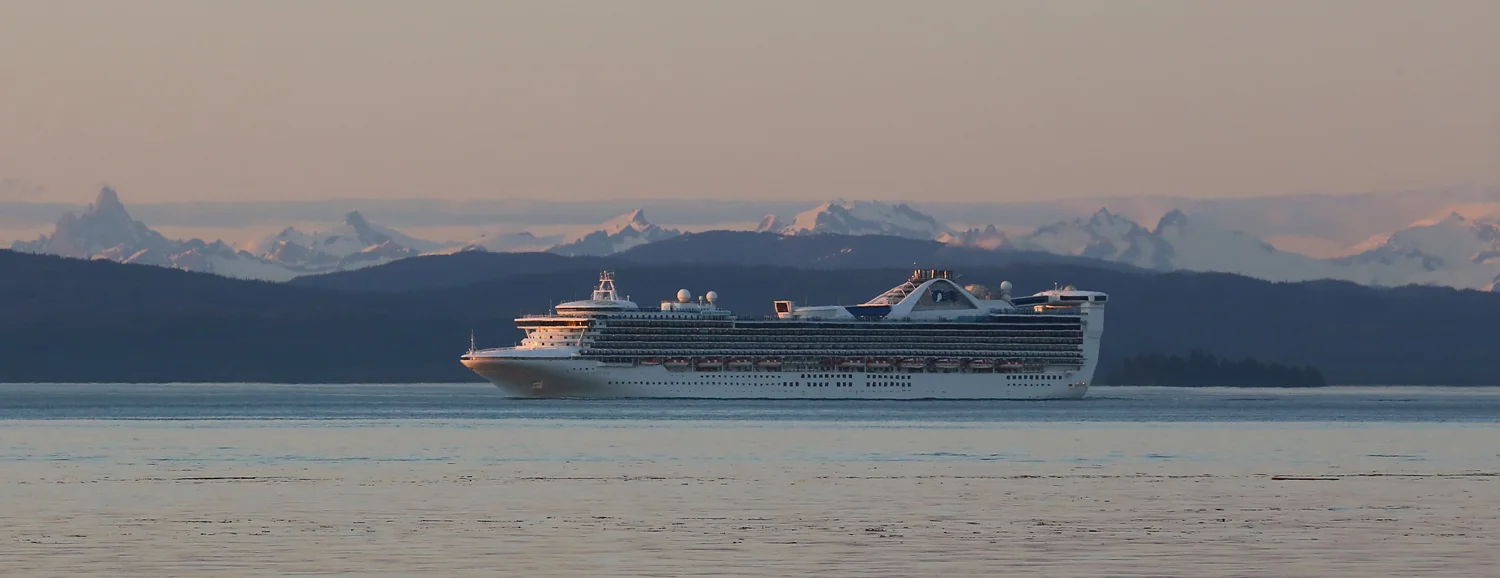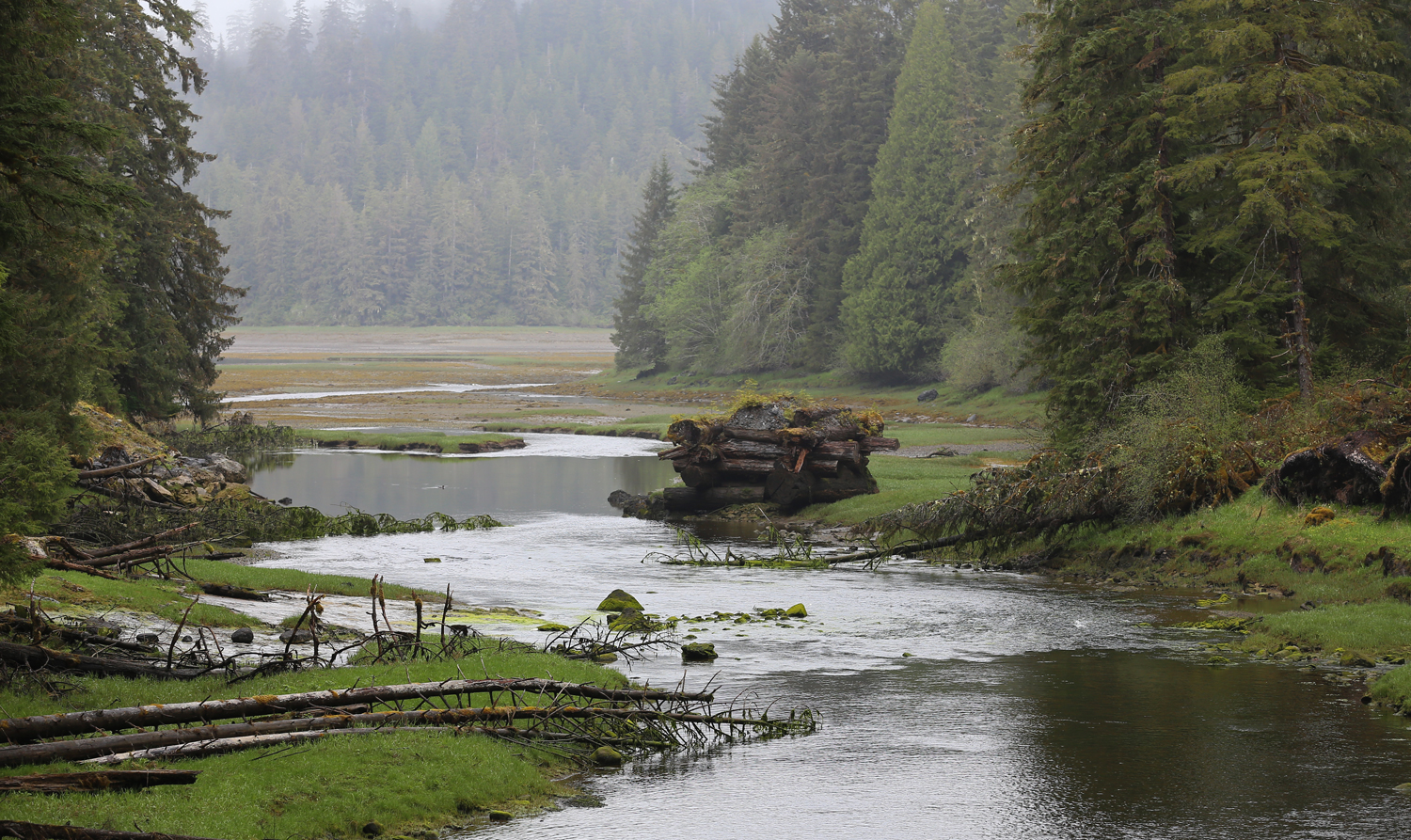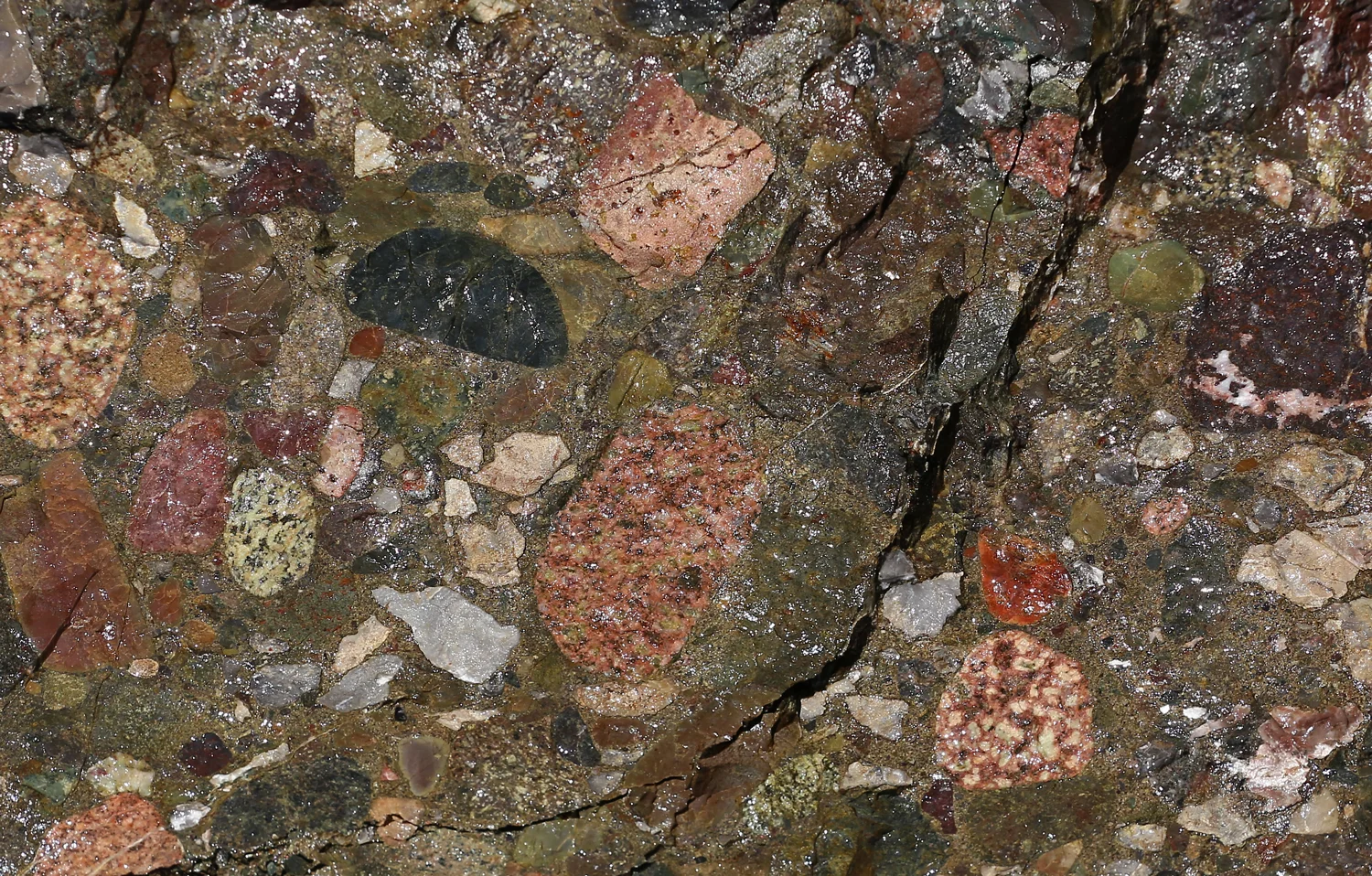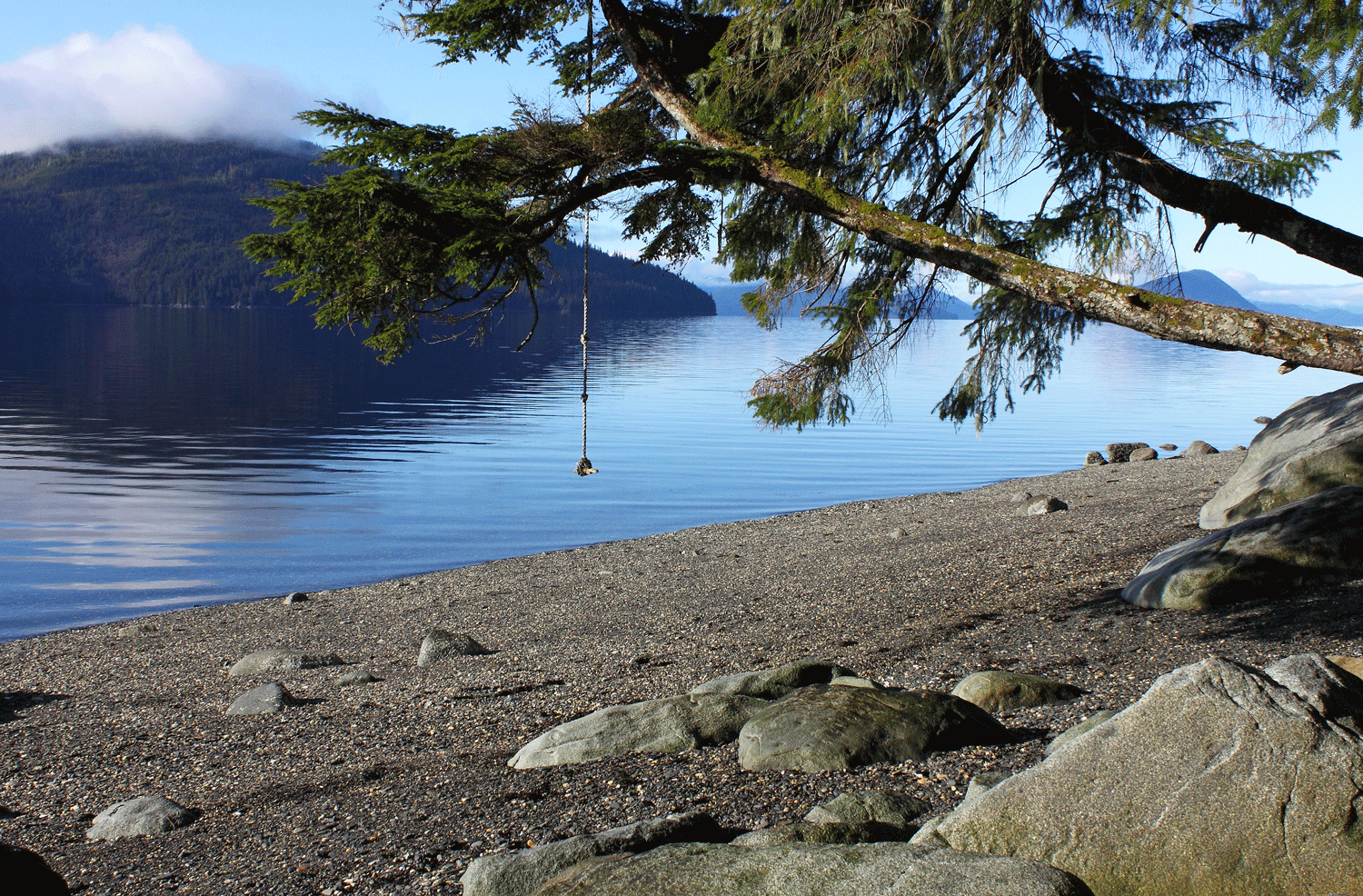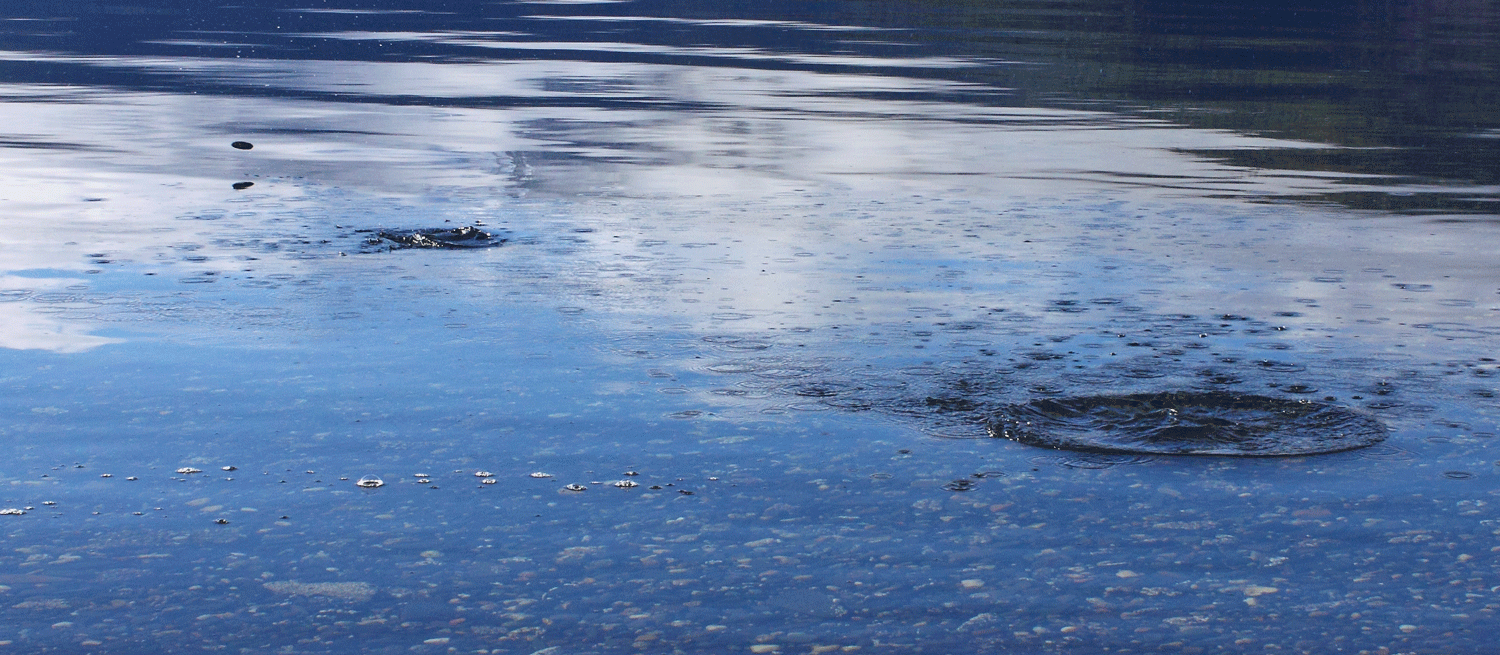Edible Goosetongue or Poisonous Arrowgrass?
/It was so good to see the sun today! The lengthening days have me thinking of spring gathering, and that reminded me of a post that I didn’t get out to you last year. I’m fixing that today. So this year how about adding goosetongue to your veggie choices? It’s too early to harvest yet, but maybe this will take your mind off of the cement-like snowbanks lurking in your driveway.

Let’s go for a walk on the beach…
It is spring to mid-summer, the weather is pleasant, and things have greened up. A few seagulls are whining and looking aimless because the salmon haven’t come in yet. The eagle in the big tree on the point is watching you because, face it, you are the most interesting thing happening on the beach.
As you get close to the rocky point you notice goosetongue growing at the top of the beach. Some of it has bits of seaweed stuck in the leaves from the last high tide, but there’s some goosetongue above the tide line that looks pretty clean. Knowing that goosetongue is a tasty snack and delicious potherb you mosey on up to harvest some. A little tickle in the back of your mind tells you that there was something about a look-alike plant that is poisonous, though. Now what was it that the plant book said?
Well, let’s leave the beach for a bit so that I can show you some pictures of goosetongue and arrowgrass. Goosetongue is great food. Arrowgrass has a small part of the plant that might be edible in early spring, but the leaves are poisonous because they contain cyanide-producing glycosides. The two plants are similar enough that they do get mixed up. Worse yet, they often grow right beside each other.

Goosetongue and arrowgrass growing together
Goosetongue (Plantago maritima ssp. juncoides) is in the plantain family. It is also called sea plantain, seaside plantain, and ribwort. The less-used common name, ‘ribwort,’ makes sense to me because of the plant’s ribbed leaves and ‘wort’ meaning ‘useful plant.’
Goosetongue leaves and stems grow in a cluster from the ground. Each fleshy leaf has ribs running lengthwise up its back. The rounded, leafless stem has a dense flower spike at the top.

Goosetongue
Okay, let's compare that to the poisonous arrowgrass.

Arrowgrass (top) and goosetongue (bottom)
Arrowgrass (Triglochin maritima) has fleshy leaves that are narrower and more rounded in cross section than goosetongue. Like goosetongue, arrowgrass has a leafless stalk with a flower spike at the top. Arrowgrass grows taller than goosetongue, so it is easiest to confuse the two in the springtime.

Arrowgrass leaves (top)and goosetongue leaves (bottom)

Arrowgrass (top) and goosetongue (bottom) have similar flower spikes.
A friend related to me that she was walking along the beach munching on greens one day and asked her companion, “What is this plant that tastes like bitter cilantro?” Right then her heart started to pound and she felt short of breath. She was lucky that her symptoms passed after some time. Arrowgrass can cause headaches, heart palpitations, and convulsions. It can be deadly to livestock.
Look for the ribs on the backs of the leaves and choose goosetongue.

Goosetongue leaves have ribs on the back.
Goosetongue is salty and succulent. It is very high in vitamin A, high in vitamin C, and a good source of iron. Best of all it tastes good! Goosetongue can be eaten raw, lightly steamed, sautéed, and can be preserved by pressure canning or by blanching and freezing. Munch it as a beach snack or gather some and add it to stir fries, salads, omelettes, and casseroles.
Goosetongue is best in spring and early summer. When the seed heads mature goosetongue leaves become stringy.
And that mosquito bite that you got on your neck while you were picking goosetongue? Crush a goosetongue leaf with your fingernails and apply the mash to the bug bite. Like other members of the plantain family, goosetongue will quiet the itchiness.

Goostongue is abundant in much of Southeast Alaska
Happy Foraging, Dear Ones!
Alaska Beachcomber
More foraging goodness:
Beach Asparagus, Sea Beans, Sea Asparagus
Great finds
- Casino Sites UK
- Best UK Non Gamstop Casinos
- Non Gamstop Casinos
- Non Gamstop Casinos
- UK Casinos Not On Gamstop
- Non Gamstop Casino
- Gambling Sites Not On Gamstop
- Non Gamstop Casino
- Non Gamstop Casino
- Non Gamstop Casino Sites UK
- UK Casino Not On Gamstop
- Meilleur Casino En Ligne
- Gambling Sites Not On Gamstop
- Best Casinos Not On Gamstop
- I Migliori Casino Non Aams
- Non Gamstop Casino Sites UK
- Casino Sites Not On Gamstop
- Non Gamstop Casino
- Casinos Not On Gamstop
- Slots Not On Gamstop
- Non Gamstop Casino Sites UK
- Casino Non Aams Sicuri
- Meilleur Casino En Ligne Fiable
- I Migliori Casino Online








